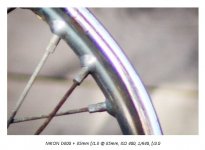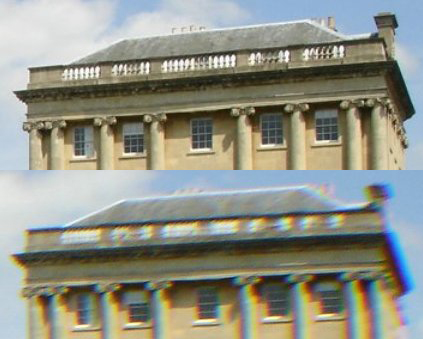Hello friends,
I do lateral chromatic aberration (CA) testing when comparing binoculars on the edges of nearly black roofs, satellite antennas of the same color, power lines and poles against bright but gray skies.
How or with which observation objects can I check longitudinal (axial) CA?
Notes:
I do not have a tripod and booster. I have never been able to see axial CA consciously.
Yes, I know this is a luxury problem of bean counters and hair splitters, I should be happy not to notice every imperfection. But it still interests me. ;-)
Best regards
Jessie
Another thought from me:
Good mid-range binoculars are excellent for observing nature, and you can learn a lot about optics from their little, practically irrelevant imperfections (aberrations) if you research them and related topics in the WWW.
I do lateral chromatic aberration (CA) testing when comparing binoculars on the edges of nearly black roofs, satellite antennas of the same color, power lines and poles against bright but gray skies.
How or with which observation objects can I check longitudinal (axial) CA?
Notes:
I do not have a tripod and booster. I have never been able to see axial CA consciously.
Yes, I know this is a luxury problem of bean counters and hair splitters, I should be happy not to notice every imperfection. But it still interests me. ;-)
Best regards
Jessie
Another thought from me:
Good mid-range binoculars are excellent for observing nature, and you can learn a lot about optics from their little, practically irrelevant imperfections (aberrations) if you research them and related topics in the WWW.
Last edited:










